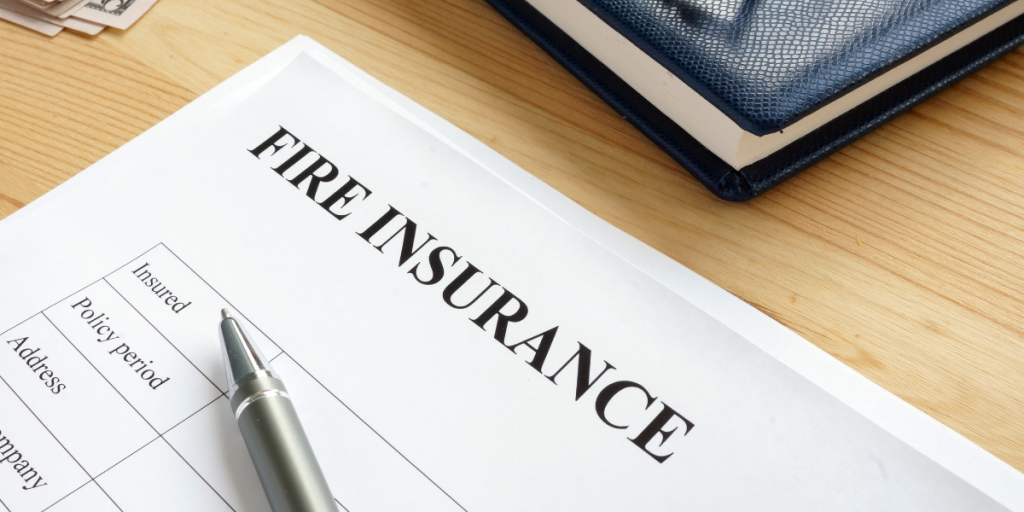Property insurance is an essential safeguard, protecting homeowners from unexpected losses due to incidents like fire, natural disasters, theft, or vandalism. Knowing how to file an insurance claim efficiently can make the process easier and help ensure you receive the compensation needed for repairs or replacement. Here’s a step-by-step guide to filing a property insurance claim with tips on using your insurance policy wisely and working with insurance companies effectively.
1. Assess the Damage and Prioritize Safety
When a loss occurs, assess the damage carefully and ensure your safety. If the situation is hazardous, avoid entering risky areas, as some incidents like fires or floods may leave structures unsafe. For situations like theft or break-ins, contact the police and secure your property.
Examples to consider:
- For storm damage, avoid electric hazards.
- For break-ins, report to the police and secure any entry points.
This initial step is crucial for insurance policies to cover losses effectively, as it provides a basis for your claim and documents the extent of the damage.
2. Document the Damage Extensively
Documentation is key when working with insurance companies. Take clear photos and videos of the damage from multiple angles, noting each affected item. This evidence helps substantiate your claim, ensuring your insurance agency can evaluate the damages accurately.
Tips for documenting damage:
- Use photos and videos to capture all details.
- Create an inventory of affected items with descriptions and approximate costs.
- Avoid disposing of damaged items unless advised by your insurance company.
Accurate documentation helps simplify your claim process and provides solid proof of the damage, supporting your insurance policy claim.
3. Contact Your Insurance Company Quickly
Once you’ve documented everything, contact your insurance company immediately. Many insurance policies have time limits for filing claims, so prompt communication is essential. When reaching out, be prepared with your policy details and a brief summary of the damage.
During this step, you can clarify details with your insurance provider and request a claims form. Some companies, like insurance companies in Pakistan, also allow online or mobile claims submission.
4. Review Your Insurance Policy
Before proceeding with your claim, carefully review your insurance policy. Familiarize yourself with coverage limits, deductibles, and exclusions to understand how much you may be eligible for and any costs you’re responsible for out-of-pocket.
Important terms to check:
- Coverage Limits: Check your maximum coverage for specific damages.
- Deductibles: The amount you’ll pay before insurance takes over.
- Exclusions: Types of damage that may not be covered, such as earthquakes unless specifically included.
Knowing these terms helps you manage expectations and can make it easier to discuss coverage with your insurance provider.
5. Fill Out the Claim Form
Your insurance company will usually provide a claim form after initial contact. Fill it out thoroughly, ensuring accuracy in your details, descriptions of the damage, and cost estimates. Attach all relevant documentation, including photos, videos, and any itemized inventory list you’ve created.
Common details for the claim form:
- Incident Date and Time: When the event occurred.
- Description of Damage: What was damaged and how.
- Estimated Loss: Approximate costs to repair or replace damaged property.
Ensuring complete information can expedite the claim process, making it easier for insurance companies to assess your claim without delays.
6. Work with the Insurance Adjuster
Most insurance companies assign an adjuster to evaluate the damage. The adjuster’s job is to examine your property and determine the actual loss value. Be present if possible, to walk them through the damaged areas and answer any questions they may have.
Helpful tips for working with an adjuster:
- Be transparent and answer questions clearly.
- Provide all documentation, including receipts and your inventory.
- Point out any concerns regarding your property or items of special value.
The adjuster’s assessment helps determine the claim amount you’ll receive based on your insurance policy.
7. Obtain Repair Estimates
Many insurance companies require estimates for repair or replacement costs. Contact reputable contractors for quotes on necessary repairs, especially those listed by your insurance company if they recommend any. Keep copies of these estimates to support your claim and submit them to your insurer if requested.
Steps to follow:
- Get multiple estimates for accuracy.
- Ensure estimates include a clear scope of work and pricing.
- Submit estimates as requested by your insurer.
This step helps ensure your insurance policy coverage aligns with real repair costs.
8. Review the Settlement Offer
After the adjuster’s assessment, you’ll receive a settlement offer. This is the amount your insurance company is willing to cover based on the policy terms. Carefully review the offer to make sure it covers the extent of the damage and any necessary repairs or replacements.
If you disagree with the offer:
- Contact your insurance provider and discuss your concerns.
- Provide additional documentation or repair estimates if needed.
- Consider consulting a public adjuster for further assistance if required.
Negotiating with your insurance company may help increase the settlement if the initial offer doesn’t meet your repair needs.
9. Complete Repairs and Finalize Your Claim
Once you’ve accepted the settlement, you can start repairs. Be sure to keep all receipts and documentation for expenses related to the repairs, as your insurance company may request this information.
For smooth repairs:
- Use licensed contractors to ensure quality.
- Stay within the budget provided by your insurance policy.
- Submit all required paperwork and receipts for final claim processing.
Completing repairs and submitting receipts will close your claim, allowing you to restore your property fully.
Conclusion
Filing a property insurance claim requires attention to detail and thorough documentation, but by following each step, you can navigate the process effectively. Being proactive, organized, and transparent with your insurance company helps ensure fair compensation and allows you to restore your property without undue stress. For policyholders looking for additional guidance, Habib Insurance provides support and resources to help manage claims smoothly and efficiently, making the claims process easier to handle.











